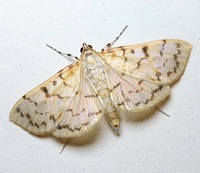
| Recorded by: Mark Basinger on 2025-08-12
Ashe Co.
Comment: | 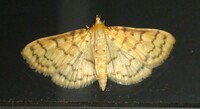
| Recorded by: Simpson Eason on 2024-09-08
Durham Co.
Comment: |
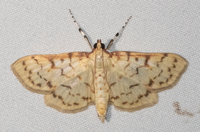
| Recorded by: Emily Stanley on 2024-07-28
Buncombe Co.
Comment: | 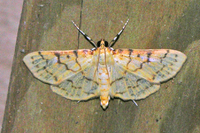
| Recorded by: Owen McConnell on 2024-07-21
Graham Co.
Comment: |
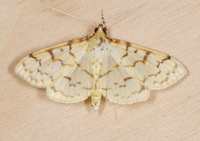
| Recorded by: Jim Petranka, Becky Elkin and Tony McBride on 2023-07-23
Madison Co.
Comment: | 
| Recorded by: K. Bischof on 2023-07-23
Transylvania Co.
Comment: |

| Recorded by: K. Bischof on 2023-07-17
Transylvania Co.
Comment: | 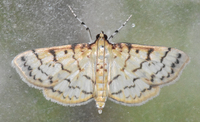
| Recorded by: Emily Stanley on 2023-07-17
Yancey Co.
Comment: |
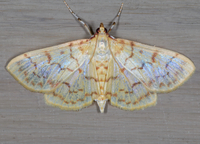
| Recorded by: Jim Petranka on 2023-06-21
Madison Co.
Comment: | 
| Recorded by: K. Bischof on 2023-06-14
Transylvania Co.
Comment: |
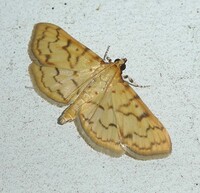
| Recorded by: Simpson Eason on 2022-08-22
Durham Co.
Comment: | 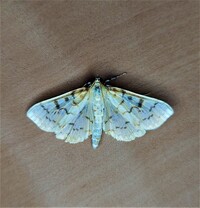
| Recorded by: Gary Maness on 2022-07-07
Guilford Co.
Comment: |
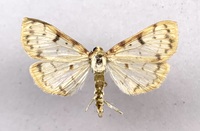
| Recorded by: Richard Teper on 2022-06-16
Macon Co.
Comment: | 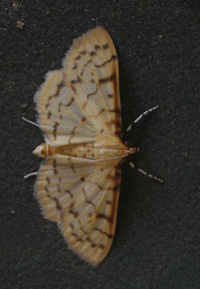
| Recorded by: Vin Stanton on 2021-07-31
Buncombe Co.
Comment: |
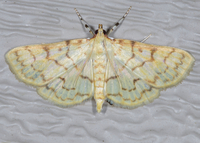
| Recorded by: Jim Petranka on 2021-07-16
Madison Co.
Comment: | 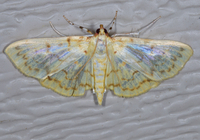
| Recorded by: Jim Petranka on 2021-06-29
Madison Co.
Comment: |
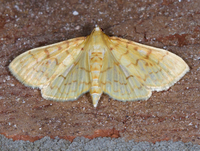
| Recorded by: Jim Petranka on 2021-06-18
Madison Co.
Comment: | 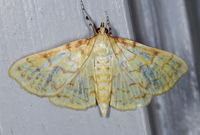
| Recorded by: Jim Petranka and Becky Elkin on 2020-08-15
Madison Co.
Comment: |
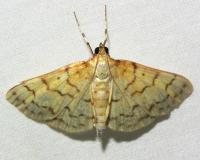
| Recorded by: Owen McConnell on 2020-07-04
Durham Co.
Comment: | 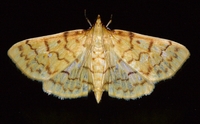
| Recorded by: Jim Petranka and Becky Elkin on 2019-07-17
Madison Co.
Comment: |
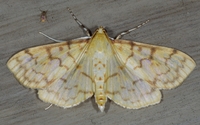
| Recorded by: Jim Petranka and Becky Elkin on 2019-06-01
Madison Co.
Comment: | 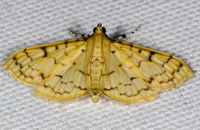
| Recorded by: David L. Heavner on 2018-08-09
Buncombe Co.
Comment: |
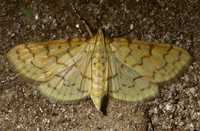
| Recorded by: Jim Petranka and Becky Elkin on 2018-07-06
Madison Co.
Comment: | 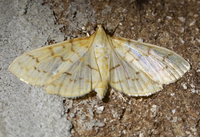
| Recorded by: Jim Petranka and Becky Elkin on 2018-06-22
Madison Co.
Comment: |
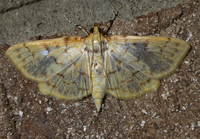
| Recorded by: Jim Petranka and Becky Elkin on 2018-05-30
Madison Co.
Comment: |

 »
»



 »
»

